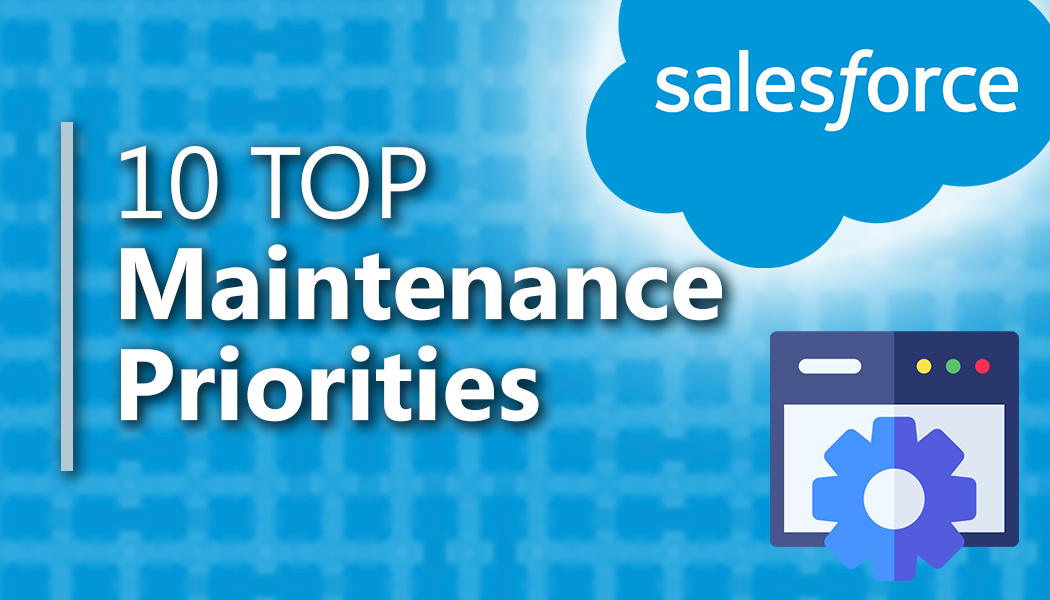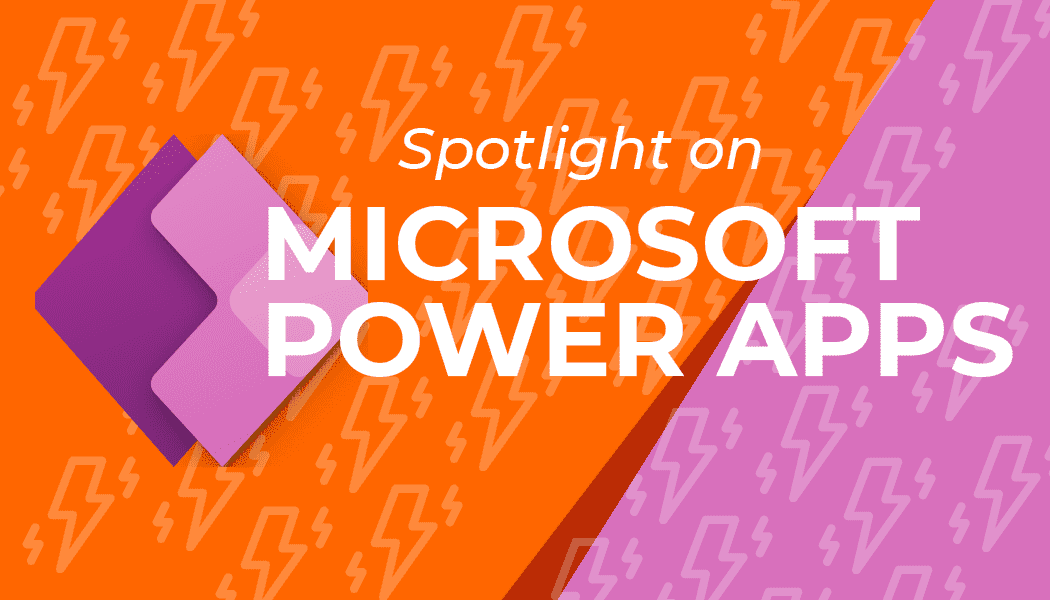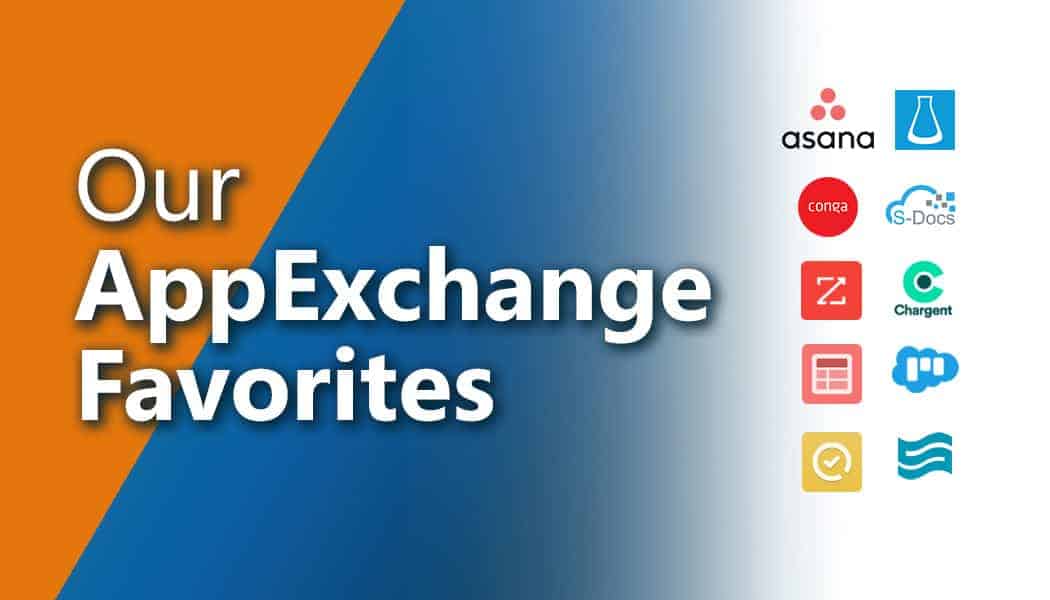Optimizing Lead Distribution with Web-to-Lead Salesforce Integration
Attracting visitors to your website is critical for lead generation and focused digital marketing. When executed successfully, data capture from web to CRM is done seamlessly, automatically, and sets up the sales team for efficient follow-ups.
A global multimedia distribution company serving over 50 countries had high traffic to their website and customers had the ability to contact the sales team about products, or download a white paper.
In their previous model, all leads were being dropped in a bucketed email inbox, and leads were manually distributed by parsing the email and assigning leads based on the country. This process was becoming unmanageable as it was hard to distinguish if leads already existed as a Contact or Account, or if the lead had already been assigned.
In their previous model, all leads were being dropped in a bucketed email inbox, and leads were manually distributed by parsing the email and assigning leads based on the country. This process was becoming unmanageable as it was hard to distinguish if leads already existed as a Contact or Account, or if the lead had already been assigned.
By building a powerful web-to-lead process on the Salesforce platform, they were able to integrate their web forms & white-papers and have leads flow directly into the system. As leads come in, they are parsed for key data points such as Country, Email, and Phone. Salesforce automatically scanned existing Contacts and Accounts to check if it was an existing customer. A complex lead assignment system was designed to intelligently distribute leads to sales representatives who covered the area.
As soon as visitors would download a white paper or fill out a contact form, sales reps were immediately notified to follow up with the lead within 4 hours, and then the lead was automatically added to a nurture campaign based on the lead source, whether it was an asset download or direct request. These campaigns were used to create targeted marketing based on the interest.
After implementation, they saw an immediate increase in lead conversion and optimized distribution as well as better received marketing campaigns. In a later phase, they leveraged this same concept to distribute support requests to their support team.
There’s more to explore at Smartbridge.com!
Sign up to be notified when we publish articles, news, videos and more!
Other ways to
follow us:




